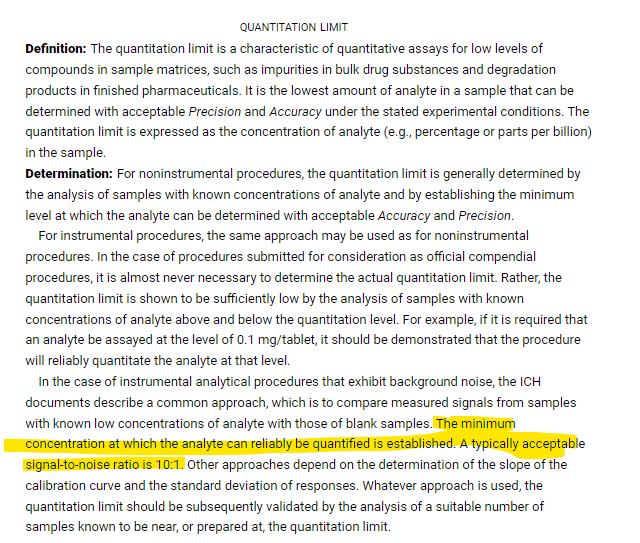my sample is expected to contain Calcium at the level of 20ppm. we are trying to determine it with 7800 ICP-MS (includes Helium collision and High Matrix).
my questions are following:
1. can we reduce FP from 1550 W to 900W, so we can use cold plasma to test 40Ca?
2. how do we define "total dissolved solid" to the digested sample?
for example, sample weight 0.5g, after digested , then diluted to 50mL. is TDS 1%?
we need to evaporate digested liquid sample , then get some solid left, dilute to 50mL. Then we calculate TDS by solid weight divided by 50. then TDS is much less than 1%.

